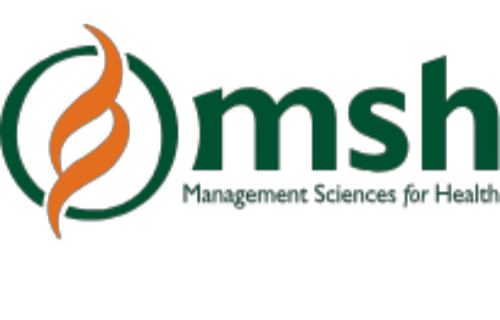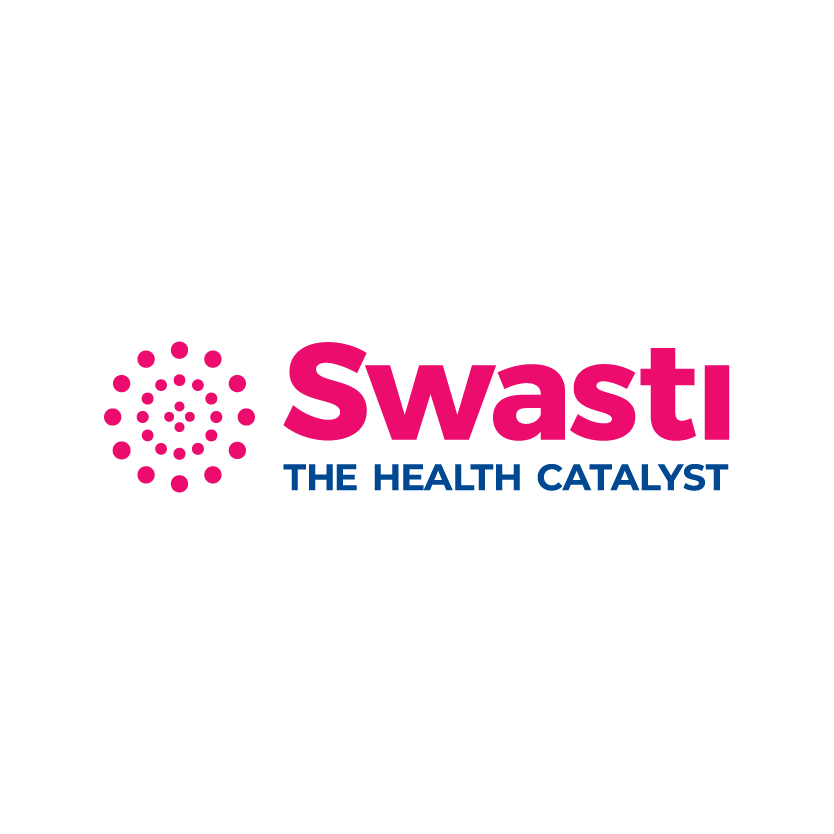

This section hosts guidelines, manuals and toolkits to strengthen public health practice.
Resources
FILTER
BY CATEGORY
View All
THE STATE OF THE GLOBAL EDUCATION CRISIS
03 Jul 2022by UNESCO, UNICEF, AND WORLD BANK REPORT OVER 1 HOUR
Even before COVID-19 hit, the world was already experiencing a learning crisis. 258 million primary- and secondary-school age children and youth were out of school.1 Many children who were in school were learning very little: 53 percent of all ten-year-old children in low- and middle-income countries were experiencing Learning Poverty, meaning that they were unable to read and understand a simple age-appropriate text at age 10. The learning crisis was already distributed unequally and disproportionately affected the most vulnerable children. In low-income countries, the Learning Poverty rate was close to 90 percent, compared with just nine percent in high-income countries.3 Globally, the average learning adjusted years of schooling (LAYS) stood at just 7.9 years, reinforcing that for many of the world’s children and youth, schooling is not the same as learning.
This report spotlights how COVID-19 has deepened the education crisis and charts a course for creating more resilient education systems for the future. The next section documents COVID-19’s impacts on learning levels by presenting updated simulations and bringing together the latest documented evidence on learning loss from over 28 countries. Section three explores how the crisis has widened inequality and had greater impacts on already disadvantaged children and youth. Section four reviews evidence on learning recovery from past crises and highlights current policy responses that appear most likely to have succeeded in stemming learning losses, while recognizing that the evidence is still in a nascent stage. The final section discusses how to build on the investments made and the lessons learned during the pandemic to accelerate learning recovery and emerge from the crisis with increased education quality, resilience, and equity in the longer term.
Please click the linked file to read the full report.
Related File :
2112327291.pdfCategories
COVID-19

 EXPLORE DATA
EXPLORE DATA 



























